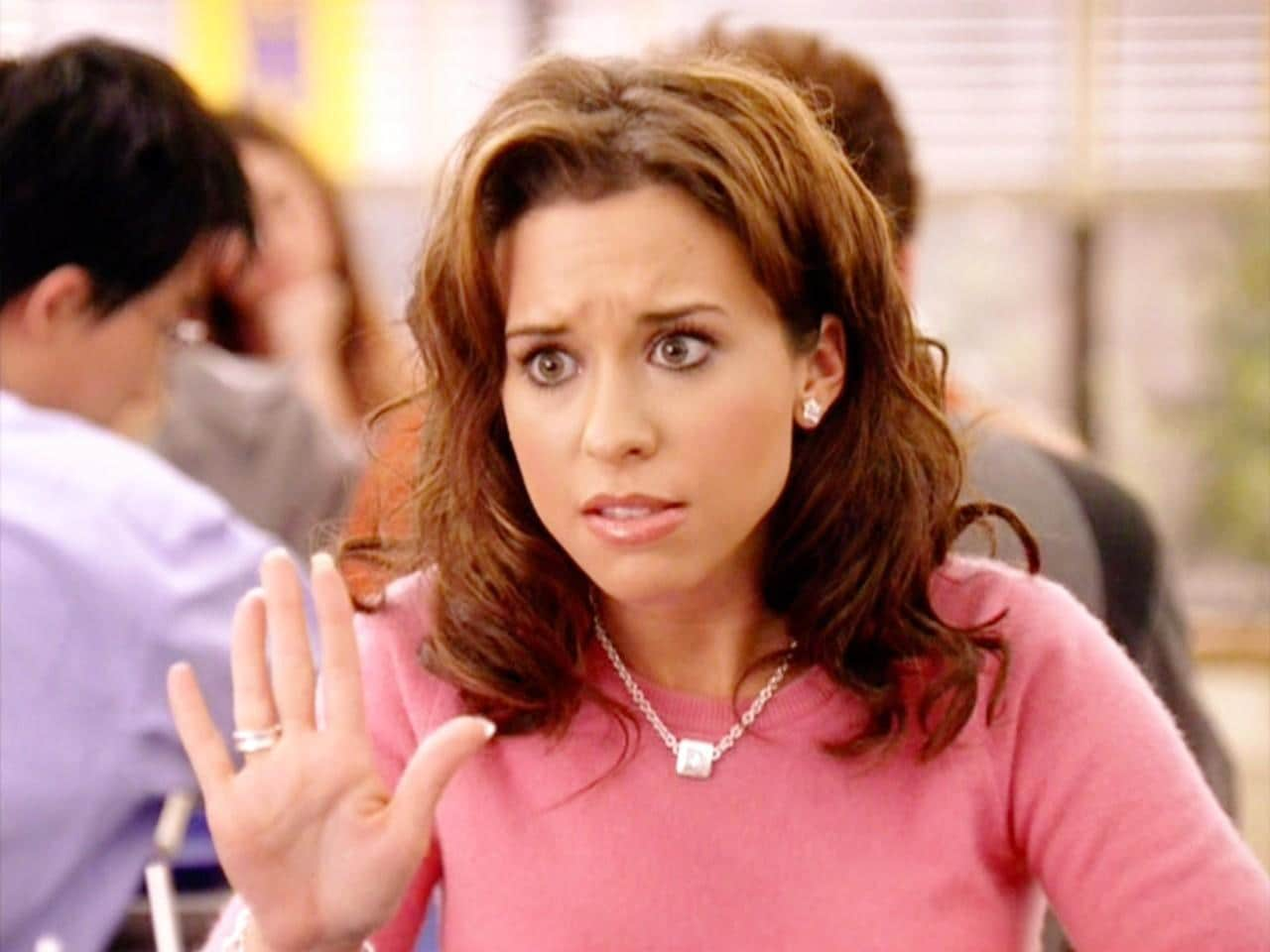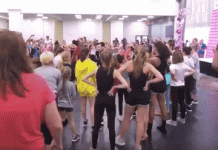
On Wednesdays most days, we wear pink, but what’s totally not fetch are mean girl issues in the studio. Mean girl dynamics are common in groups of students, especially when they are at middle school or high school age, that spend a lot of time working closely with one another in competitive environments. This can cause tension and drama in the studio that needs to be resolved in a way that makes all of your students feel heard and cared for.
Listen
Mean girl issues often come out of jealousy or misunderstanding between teammates or between teachers and students. When you recognize a mean girl issue in the studio, the first thing you should do is get to the heart of the problem and have a discussion with the dancers that are involved. Give them the floor and the space to share their situation with you. If you begin approaching the issue by asking a lot of questions or making accusatory statements, then they are more likely to close themselves off, making it harder to get to the heart of the issue.
Be Clear
If a dancer is upset because they weren’t given a solo moment during a group routine or if they’re wondering why they’re in a particular spot on stage during a routine, ask them why they think that is (Knowing what their reasoning/understanding is will make it easier to explain things to them.). Be clear with the student about the ways that you plan routines to play to your dancers’ strengths (There are no “life ruiners” in your studio.) and help them set goals that will guide them toward the positions they want in the future. You don’t want to be passive-aggressive or flippant about their concerns. Give them as many details as they need. If you give them clarity about your decisions and their unique place in the team or classroom space, they are less likely to feel isolated.
Regroup
Once you have addressed a mean girl issue on an individual level, it is good practice to bring the entire studio back together. Set aside time to perform bonding exercises (especially ones that focus on kindness) these can be a fun time for your dancers to recognize how close they really are. You might even be able to work out any conflicts that might be brewing during those exercises. (No more “You can’t sit with us!” moments.)













